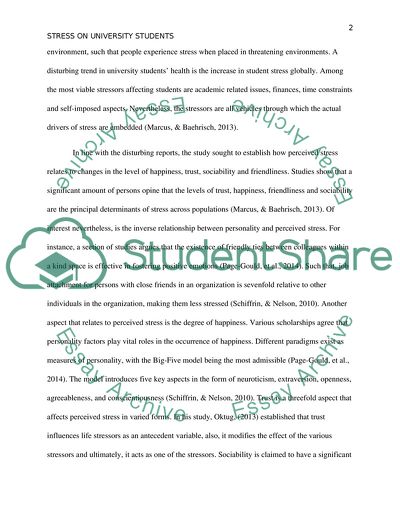Cite this document
(“Causes of Perceived Stress on University Students Lab Report”, n.d.)
Retrieved de https://studentshare.org/psychology/1676553-causes-of-perceived-stress-on-university-students
Retrieved de https://studentshare.org/psychology/1676553-causes-of-perceived-stress-on-university-students
(Causes of Perceived Stress on University Students Lab Report)
https://studentshare.org/psychology/1676553-causes-of-perceived-stress-on-university-students.
https://studentshare.org/psychology/1676553-causes-of-perceived-stress-on-university-students.
“Causes of Perceived Stress on University Students Lab Report”, n.d. https://studentshare.org/psychology/1676553-causes-of-perceived-stress-on-university-students.


